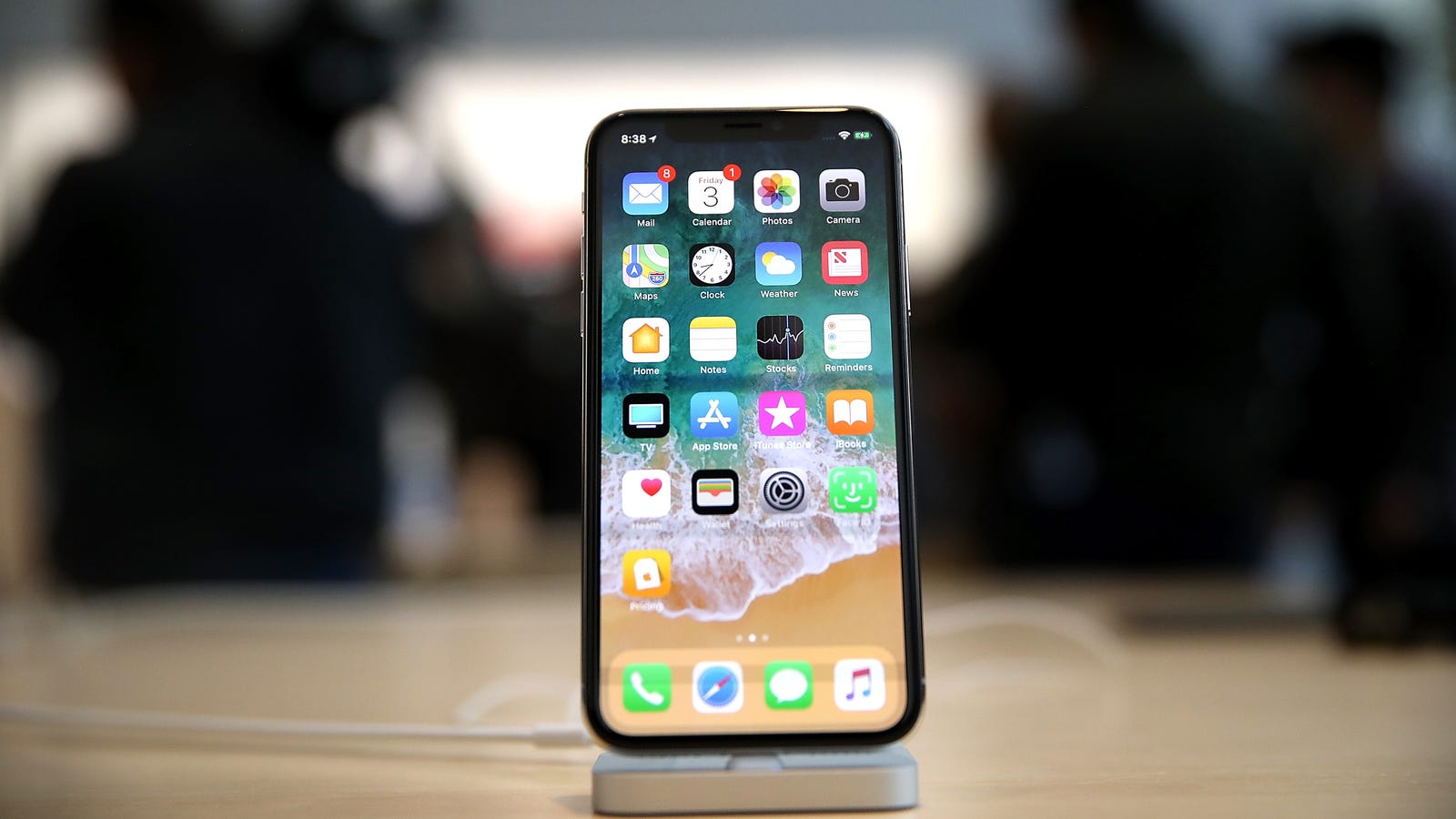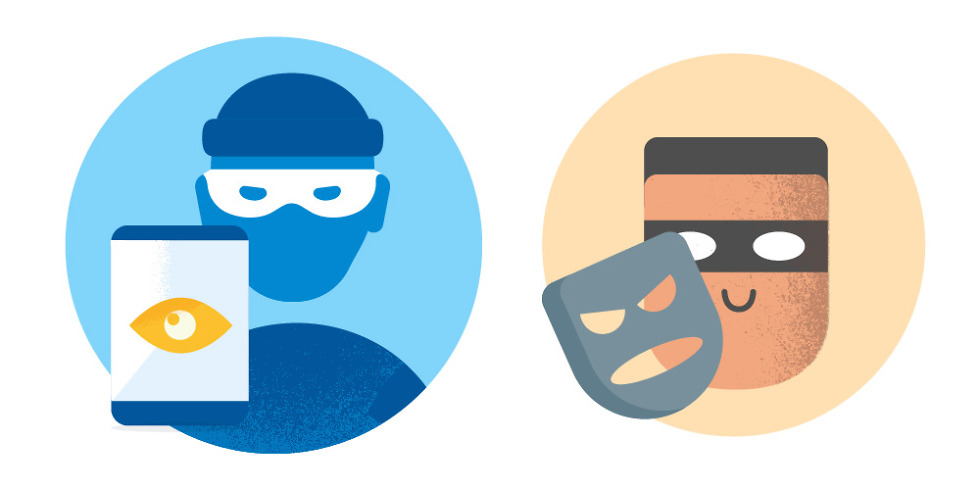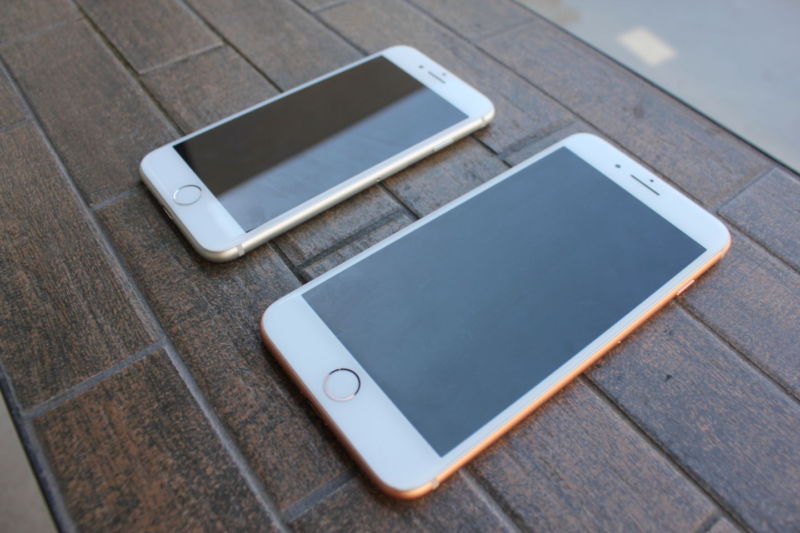
WASHINGTON, DC – OCTOBER 25: Committee chairman Rep. Greg Walden (R-Ore.) questions witnesses during a House Energy and Commerce Committee hearing concerning federal efforts to combat the opioid crisis.
Drug companies hosed tiny towns in West Virginia with a deluge of addictive and deadly opioid pills over the last decade, according to an ongoing investigation by the House Energy and Commerce Committee.
For instance, drug companies collectively poured 20.8 million hydrocodone and oxycodone pills into the small city of Williamson, West Virginia, between 2006 and 2016, according to a set of letters the committee released Tuesday. Williamson’s population was just 3,191 in 2010, according to US Census data.
“These numbers are outrageous, and we will get to the bottom of how this destruction was able to be unleashed across West Virginia,†committee Chairman Greg Walden (R-Ore.) and ranking member Frank Pallone Jr. (D-N.J.) said in a joint statement to the Charleston Gazette-Mail.
The nation is currently grappling with an epidemic of opioid addiction and overdose deaths. The Centers for Disease Control and Prevention estimate that, on average, 115 Americans die each day from opioid overdoses. West Virginia currently has the highest rate of drug overdose deaths in the country.
The letters released Tuesday are addressed to two regional drug distributors, Ohio-based Miami-Luken and Illinois-based HD Smith. Both companies have distributed eye-popping numbers of pills to small cities in the state. In the letters, the committee lays out distribution data it has collected and asks questions about the companies’ distribution practices, including why they increased distribution so sharply in some towns and why they didn’t flag suspicious orders.
But Miami-Luken and HD Smith are not the only distributors that have drawn the committee’s attention. The letters are just the latest in the committee’s ongoing probe into what it calls “pill dumping†amid the opioid crisis. Last year, the committee sent similar letters to three other drug companies, asking about their drug distribution in the state. The committee also sent a letter to Miami-Luken asking for information about its distribution practices and orders in West Virginia, among other things.
Miami-Luken followed through by providing some data and requested files, according to the committee. But those new pieces of information “raise a number of additional questions,†according to the committee.
Doused with doses
Combining data collected from the Drug Enforcement Administration and Miami-Luken, the House Energy and Commerce Committee dove into the situation in Williamson. Between 2006 and 2016, drug distributors collectively shipped 20.8 million hydrocodone and oxycodone pills to two pharmacies in the small city. Those pharmacies were located roughly four blocks apart from each other, the committee noted. Miami-Luken alone supplied 6.4 million of those pills to just one of the pharmacies between 2008 and 2015. And between 2008 and 2009, the company inexplicably increased the amount of pills it delivered by 350 percent. The committee pressed Miami-Luken to explain how a town of 3,191 people could require such massive supplies and why the increases didn’t raise alarms.
The letter also reveals that in Kermit, West Virginia, a town of just 406 people, the company delivered 6.3 million hydrocodone and oxycodone pills between 2005 and 2011. For just the year of 2008, the numbers work out to Miami-Luken providing 5,624 opioid painkiller pills for every man, woman, and child in the town, the committee notes.
Likewise, Miami-Luken also delivered 4.4 million hydrocodone and oxycodone pills to the 1,394-person town of Oceana, West Virginia, between 2008 and 2015. And in Beckley, West Virginia, the company didn’t hesitate to fulfill a string of orders for tens of thousands of opioid doses placed by one pharmacy in the span of five days.
Craving answers
The House committee repeatedly asked if the company thought these orders were appropriate and what limits—if any—it would set on such small towns.
Miami-Luken did not immediately respond to a request for comment from Ars.
The committee had similar questions for HD Smith, who delivered 1.3 million hydrocodone and oxycodone pills to a pharmacy in Kermit—the 406-person town—in 2008.
“If these figures are accurate, HD Smith supplied this pharmacy with nearly five times the amount a rural pharmacy would be expected to receive,†the committee wrote. It noted that the owner of that Kermit pharmacy later spent time in federal prison for violations of the Controlled Substance Act. Still, the committee pressed the question of whether HD Smith thought its distribution practices were appropriate.
“We will continue to investigate these distributors’ shipments of large quantities of powerful opioids across West Virginia, including what seems to be a shocking lack of oversight over their distribution practices,†representatives Walden and Pallone told the Gazette-Mail.
The paper also noted that West Virginia Attorney General Patrick Morrisey was a former lobbyist for a trade group that represented Miami-Luken and other drug companies. In 2016, Morrisey ended several state lawsuits with drug companies, including one with Miami-Luken. The lawsuits, filed by the state’s former attorney general, Darrell McGraw, alleged that the companies flooded the state with opioid painkillers.
from Ars Technica http://ift.tt/2Gxj432
via IFTTT





